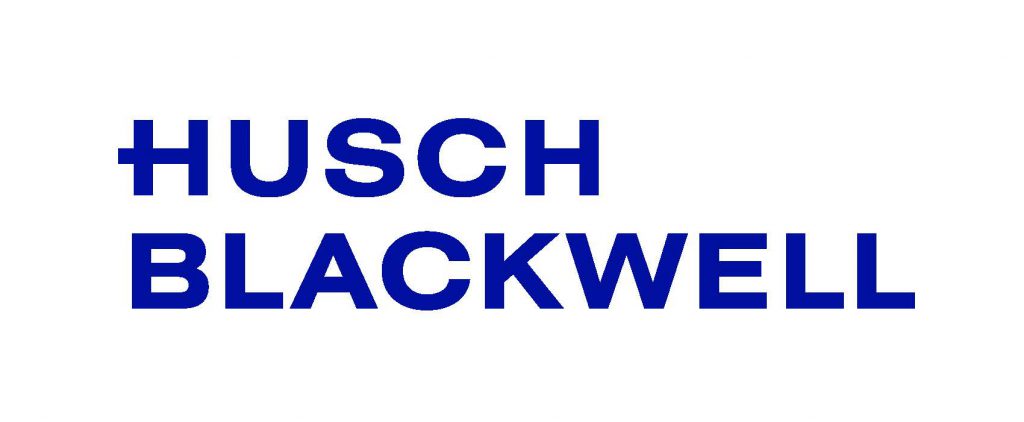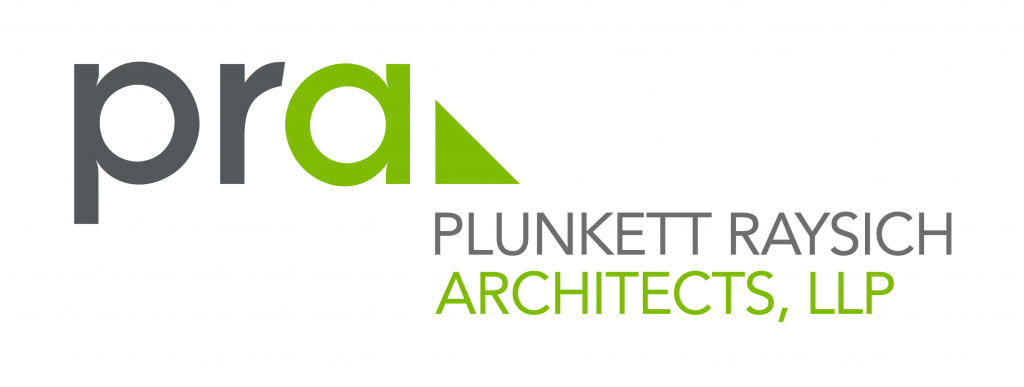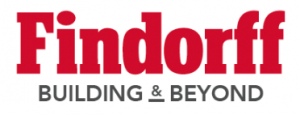Author:
Tim Prince, MHA, FACHE
Senior Advisor, Findorff Strategic Insights
Healthcare has never been a static industry. Quality and operational imperatives, evolving payment mechanisms, and unpredictable economics have always challenged administrators to do more with less. That there is challenge in 2025 isn’t really a surprise, but the nature of current prompts come from a new array of factors: materials’ tariffs, market volatility, lead time unpredictability, aging infrastructure, and the pressures of innovation. These demand more strategic, agile facility planning and investment than ever before.
For administrators, the facility is no longer just a backdrop to care: It’s a dynamic tool that can either be a competitive advantage or a liability. And with reimbursement pressures rising and capital increasingly scarce, every square foot must serve a purpose. The role of construction management in this equation is not just technical, it’s strategic.
Volatility in the construction market — from tariffs on materials like steel and copper to disrupted supply chains — has extended lead times and driven costs unexpectedly upward. This volatility can derail even the best-laid capital plans if not addressed proactively. Findorff’s construction experts (ranging from project managers to skilled workers in the field) have deep healthcare expertise that can help mitigate this risk by engaging early, structuring contracts with cost containment mechanisms, and leveraging preconstruction planning to keep projects on time and budget.
At the same time, many hospitals are wrestling with aging infrastructure that hampers clinical efficiency and inflates operating costs. The impulse to delay capital spending is understandable but often shortsighted. Reactive maintenance is expensive, both financially and operationally, and delays with the current market factors only make investments more expensive. Smart investment in facility renewal, guided by life-cycle cost analysis and long-range planning, can pay for itself in resilience, efficiency, and adaptability.
This is where process-innovation and new technologies come into play. Modern construction approaches and techniques allow for faster project execution, fewer change orders, and smoother integration into existing operations. Meanwhile, artificial intelligence and data analytics are beginning to influence everything from early design to post-occupancy performance monitoring, helping administrators make data-informed choices about space utilization, patient flow, and energy use.
For healthcare leaders, the message is clear: Facility investments must be proactive, not reactive; strategic, not transactional. That starts by bringing construction expertise to the table earlier — not just at the design or build phase, but during strategic planning. Doing so allows for alignment between clinical priorities, operational goals, and physical environments.
In today’s climate, healthcare leaders aren’t just being asked to deliver care — they’re being asked to build the future of care. The prompts may be new, but the opportunity remains timeless: to invest wisely, build intentionally, and ensure that the facilities you oversee serve not just today’s patients, but tomorrow’s communities. Let our experts help you find wise, value-driven, impactful ways to assure the right spaces support your excellent care givers.






